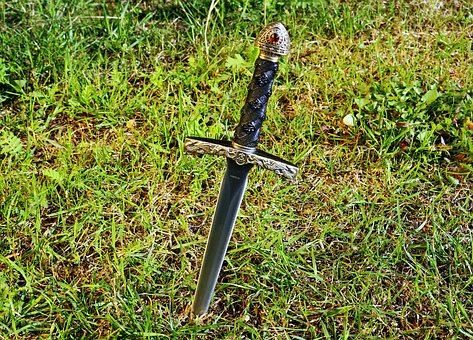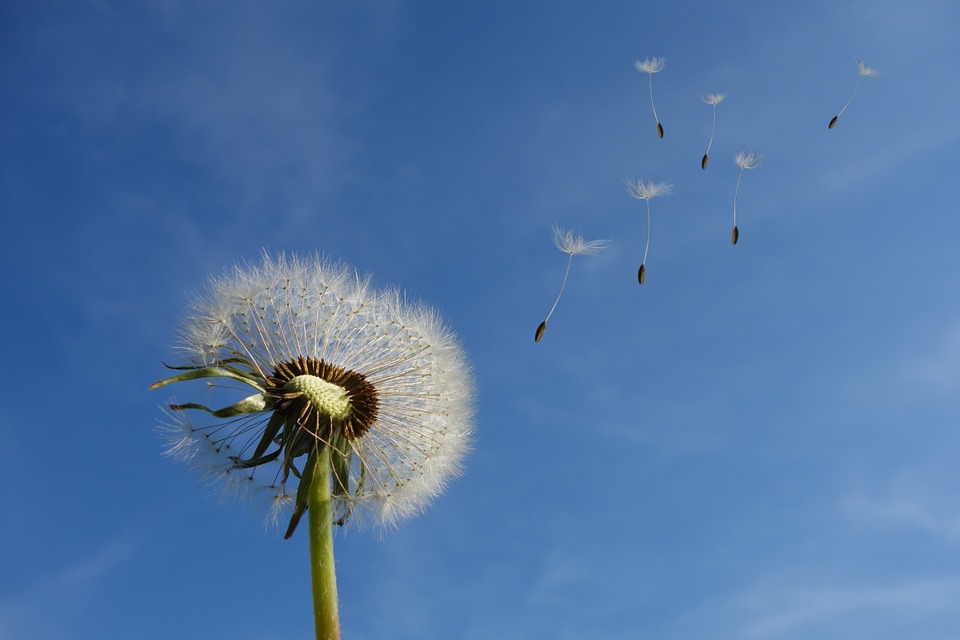Need: White candle, bowl of water, bowl of soil, frankincense or sandalwood incense.
Light the candle and the incense. Pall the tool through the smoke, saying:
I cleanse you with the breath of Air.
Winds blown cold and winds blown fair.
Pass the tool through the candle flame. Say:
I cleanse you with the warmth of Fire,
Dancing flame and purifier.
Sprinkle with water. Say:
With Water I cleanse and give you life.
Babbling brook and surging knife.
Sprinkle with soil. Say:
I cleanse you with the depth of Earth.
Home of death and place of birth.
Take tool with both hands and lift it to the sky. Say:
Be free of negativity!
As I will so mote it be!
Tag: winds
Alder
The Alder is the tree of fire. In the battle of the trees, the Alder fought in the very front line. It is described as the very “battle witch” of all woods, the tree that is hottest in the fight. From the alder, you can make three different dyes, red from its bark, green from its flowers, and brown from its twigs; this symbolizes the elements of fire, water and earth. The Alder wood is the wood of the witches. Whistles may be made of this wood to summon and control the four winds. It is also the ideal wood for making the magical pipes and flutes. To prepare the wood for use, beat the bark away with a willow stick while projecting your wishes into it. The Alder is a token of resurrection. It is associated with Bran, as He used His body as a bridge to span dangerous waters. Alder indicates protection and oracular powers.
Haya-Ji
God of winds. Shinto [Japan]. Particularly the fierce god of whirlwinds and typhoons. In mythology he carried back to heaven the body of AME-WAKA-HIKO (the heavenly young prince) after he had been slain by an arrow from the “heavenly true deer bow.”
Hanui-o-Rangi (father of winds)
God of winds and weather. Polynesian. He is the son of the sky god RANGINUI, who fathered himbin one of his early consorts, Pokoharua, the sister of TANGAROA, the sea god. All the subsequent descendants of Hanui-o-Rangi are believed to rule over various aspects of the weather. Hanui thus fathered Tawhiri, the god of the northwest wind, whose son was Tiu. They control the fierce storms from the east. The children of Tiu include Hine-I-Tapapauta and Hine-Tu-Whenua, the deities overseeing the more gentle westerly winds.
Aeolos
God of storms and winds. Greek. One of the sons of POSEIDON, said to have presented the winds in a leather bag to the hero Odysseus, and to have given the sail to seafarers. According to legend his home was the Aeolian Island [Lipari Island]. In one legend he is married to EOS and is the father of six sons, the various directional winds. The hexagonal Temple of Winds, on each side of which is depicted a flying figure of one of the winds, and which is dedicated to Aeolos, still stands at Athens.
Aeolus
by Dr Anthony E. Smart
Custodian of the four winds. A minor deity, he is the son of a king called Hippotes, and lived on one of the rocky Lipara islands, close to Sicily. In the caves on this island were imprisoned the winds, and Aeolos, directed by the higher gods, let out these winds as soft breezes, gales, or whatever the higher gods wished. Being visited by the Greek hero Odysseus, Aeolos received him favorably, and on the hero’s departure presented Odysseus with a bag containing all the adverse winds, so that his friend might reach Ithaca with a fair wind. Odysseus did as Aeolos bid, but in sight of his homeland, having been untroubled by foul weather, he fell asleep and his men, curious, opened the bag, thus releasing all the fierce winds, which blew their ship far off course (Odyssey X, 2; Vigil I, 52).
Pulsatilla
by Anja Heij
This is almost exclusively a remedy for women. It especially fits women with a soft, friendly and yielding character, who are easily in tears.
The remedy is made of the Anemone Pulsatilla, a dark purple flower of the Ranunculacea, which trims her sails according to the winds. Analogous to the constant moving flowers are the changeable moods and symptoms and the hormonal changes of the people that need the homoeopatic Pulsatilla.




